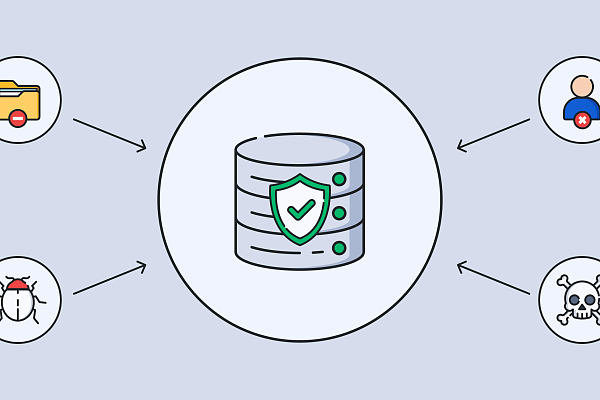The computational power of Graphics Processing Units (GPUs) is essential for modern AI, data science, and complex simulations. Rather than investing heavily in physical hardware, organizations can now access this power through cloud GPU instances — remote servers equipped with high-performance GPUs available for rent.
This model eliminates the cost and complexity of maintaining on-premises equipment, allowing businesses to leverage powerful virtual GPU servers for various applications. Companies can deploy computing resources instantly through providers, paying only for what they use. Yet this very flexibility introduces a new challenge: with a growing market of providers and instance types, selecting the right one has become a significant hurdle.
Step 1: Match the GPU to Your Task
Begin by aligning the GPU's architecture with your specific workload. Not all processors are the same; using the wrong one is as inefficient as using a sports car for a construction job — a mismatch that wastes both power and money. When selecting GPUs for AI workloads, it's important to understand the specific benefits of GPU for machine learning to make an informed decision.
To make the right choice, consult this breakdown of common tasks and the GPUs that excel at them:
Large-Scale AI Model Training
-
NVIDIA H100: The leading choice for training massive models like LLMs, thanks to its specialized Transformer Engines.
-
NVIDIA A100: A powerful and versatile option for general deep learning, offering excellent performance and scalability.
AI Inference and Serving
-
NVIDIA L40: Optimized for delivering fast, efficient responses from deployed AI models.
-
NVIDIA A100 40GB: Handles large-scale inference where you need to run multiple models or process huge data batches.
Professional Visualization and Rendering
-
NVIDIA RTX A6000: Built for complex, film-quality rendering and high-resolution textures with its 48GB of memory.
-
NVIDIA L40: Delivers strong performance for real-time ray tracing and virtual workstations.
Scientific Computing and Financial Modeling
- NVIDIA H100 & A100: Excellent for simulations (e.g., molecular dynamics) and running thousands of financial scenarios due to their high computational throughput.
As you evaluate, focus on key specifications: Video Memory (VRAM), the number and type of cores (CUDA, Tensor), and memory bandwidth.
Step 2: Understand GPU Cloud Pricing Models
Next, navigate the trade-offs between cost and flexibility in the provider's pricing structure.
Pay-as-you-goOffers maximum flexibility for testing, prototyping, or unpredictable spikes. This comes with the highest hourly rate.
Spot InstancesAccess unused cloud capacity at discounts of up to 90%. The trade-off is that these resources can be reclaimed with little warning, making them best for fault-tolerant batch processing.
Reserved InstancesCommit to a one or three-year term for a significantly lower rate and guaranteed capacity. This is the best model for stable, production-level applications.
Cost-Saving Strategy
For the best of both worlds, use a hybrid approach. Use reserved instances for your core, steady workload and supplement with spot instances to handle traffic spikes.
Step 3: Evaluate Operational Essentials
Finally, look beyond specs and pricing to the operational factors that determine day-to-day efficiency.
Data Center LocationLatency is determined by physical distance. For real-time applications, choosing a geographically close data center is crucial.
Scalability and IntegrationSeek providers that offer auto-scaling and seamless integration with tools you already use, like Kubernetes, to streamline management.
Customer SupportReliable, accessible technical support is a necessity, not a luxury. It minimizes downtime and protects your investment.
Conclusion: Making the Right Choice
There is no single "best" provider. The optimal choice is the one that aligns with your project's unique demands, budget, and operational needs. A practical first step in this evaluation is to leverage on-demand services; for teams requiring immediate deployment without a long-term commitment, exploring a provider's on-demand GPU server options is an excellent way to test performance in a real-world environment..




